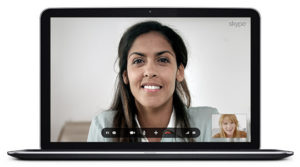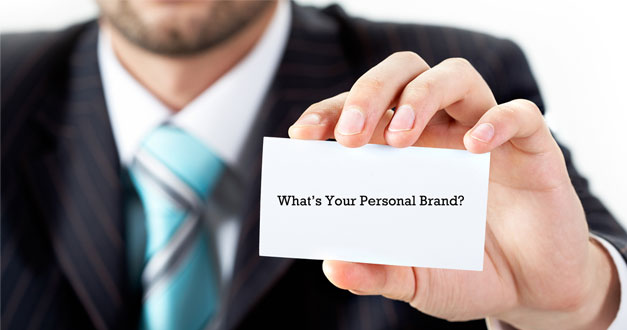There is no question that technology has integrated itself so seamlessly in the world of business that almost no business transaction can be completed without its use. The need to keep up with the world of technology has never been so pronounced, especially when it comes to your career.
A relatively recent technology that has proven extremely valuable in the world of business is Skype. If you are unfamiliar with it, it is a software application that allows two people who have access to a computer to contact each other via the Internet; the webcam is also frequently used for video calling. Skype has allowed people from around the world to video-call each other for free.
More and more, Skype is becoming a convenient way of conducting meetings and interviews when a face-to-face situation is not possible. An interview over the phone is one thing, but the ability to see the other person is invaluable (we all know how important body language can be, especially in an interview setting). Skype interviews and meetings can sometimes be unnerving, so here we offer you some tips for the preparation of your next Skype call, so you can be as prepared as possible and nail it!
It’s all in the preparation
- Although you may be in the comfort of your own home or office, that does not mean that you do not have to adequately prepare because you may have access to notes or documents that might help you through the call. It’s good to have some notes jotted down, but do not rely on them to get you through.
- Because the individual on the other end of the call can see your home/office, it is integral that you clean before the interview! What will a potential employer think when he sees the messy room behind you?
- Be sure to always use the washroom before your call. This may seem silly, but it won’t when you’re in the middle of explaining why you are the best candidate for the job and you have to excuse yourself to visit the restroom. This can be easy to forget, as you are already in a familiar setting.
- Be sure to have anything you foresee yourself needing during the call at your nearest disposal. For example, it is always a good idea to have a glass of water nearby.
- Be sure to do a test call just before your scheduled call to ensure that the framing of your computer is right, and that the lighting in the room is perfect.
Because of the comfort often associated with a Skype call (you are often in your safe space), it can be easy to forget some basic principles of a traditional job interview, such as adequate preparation, and even your self-presentation. It is important to remember, however, that the stakes are always high, and that the way you prepare for and present during a Skype call has profound and lasting effects on your executive presence!


